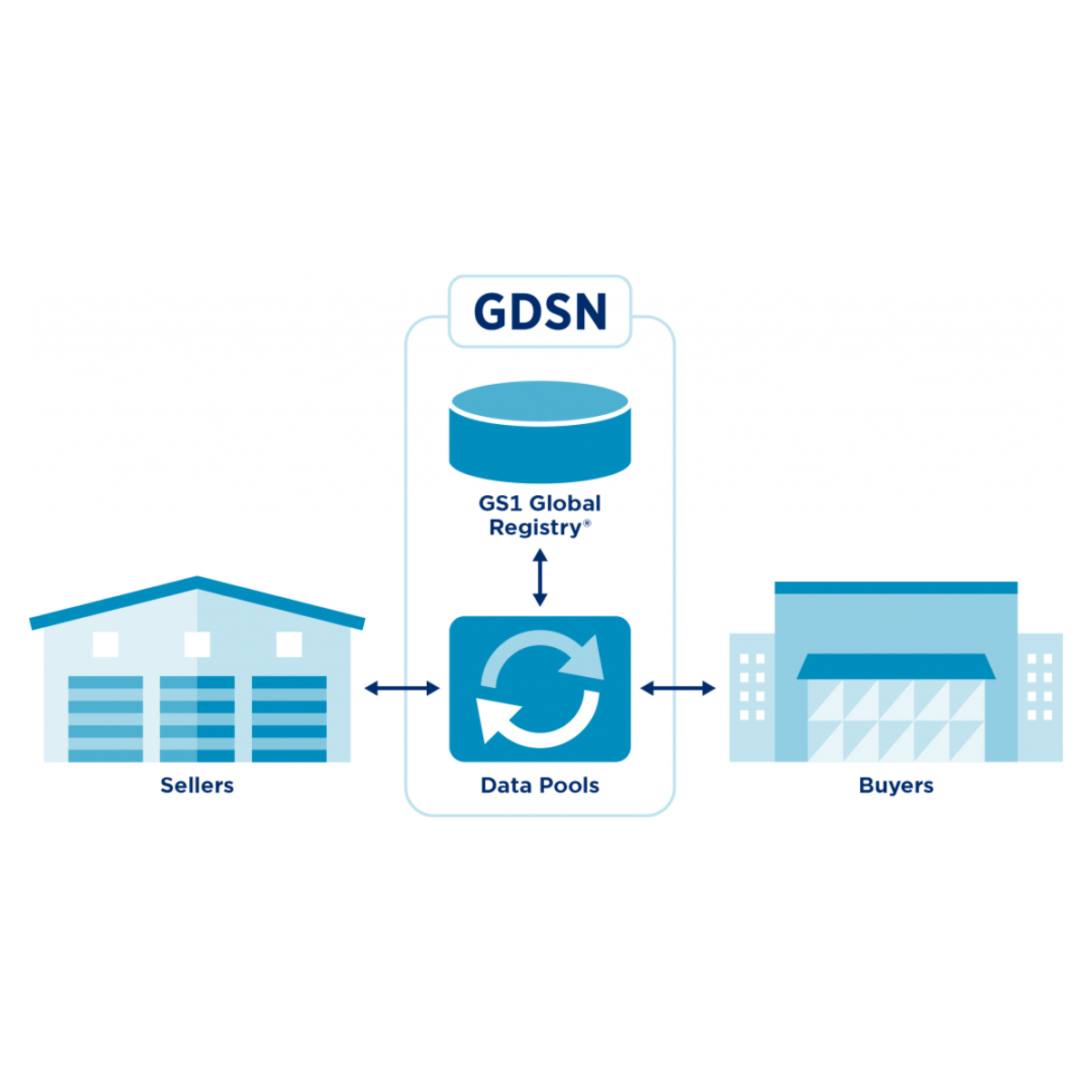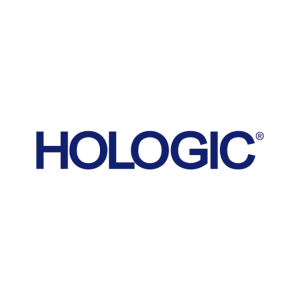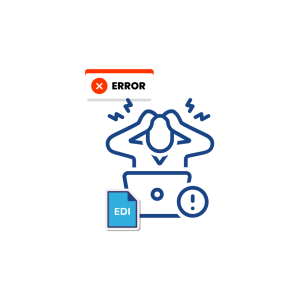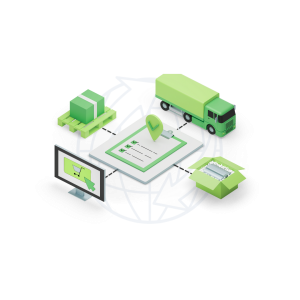Introduction
The Global Data Synchronization Network is a game-changing solution for businesses grappling with product data management challenges. It’s a standardized, automated system that enables trading partners to seamlessly exchange accurate, up-to-date product information.
Key Takeaways
GDSN datapools are central hubs in the Global Data Synchronization Network, facilitating standardized product data exchange between trading partners. They ensure data accuracy, consistency, and compliance with global standards, streamlining communication across the supply chain.
Certified GDSN datapools offer robust data validation, ensuring that product information meets industry standards before transmission. This validation process significantly reduces errors, improves data quality, and enhances overall supply chain efficiency.
GDSN datapools support various industries, including retail, healthcare, and foodservice, by enabling seamless sharing of product information. This versatility allows businesses to maintain consistent data across multiple channels and markets, improving operational efficiency and customer satisfaction.
Implementing a GDSN datapool solution can lead to substantial cost savings and operational improvements. Benefits include reduced manual data entry, faster time-to-market for new products, improved inventory management, and enhanced decision-making capabilities based on accurate, real-time data.
Choosing the right GDSN datapool provider is crucial for maximizing the benefits of data synchronization. Factors to consider include the provider’s experience, industry knowledge, level of support, and ability to integrate with existing systems, ensuring a smooth transition and ongoing success in product data management.
What is GDSN Datapool?
GDSN stands for Global Data Synchronization Network. The Global Data Synchronization Network (GDSN) is the world’s largest product data network. It is a system of connected firms that share product information in a standardized format.
The GDSN enables manufacturers and sellers of goods to harmonize information about their products with their customers. Retailers and other buyers of goods subscribe to vendor catalogs and receive updates on them.
These updates are triggered when new items are added, existing items change, or items are discontinued. All kinds of data points can be synchronized, from identifiers such as UPCs and vendor part numbers to descriptions dimensions, and images.
‘Datapools’ facilitate the sharing of data by ensuring that the product information is formatted correctly and managing the subscriptions and publication of data.
Manufacturers and sellers benefit by having only one catalog to maintain and update. Buyers benefit from having item information continuously updated to ensure it is correct and current.
Unlike a closed datapool or product registry, the GDSN is a global network where buyers and sellers are free to choose any of the approximately 50 certified datapools as their provider, independent of who their trading partner has chosen. The standards are global, enabling the sharing of product data in multiple languages and across national boundaries.
How Does the GDSN Datapool Work?
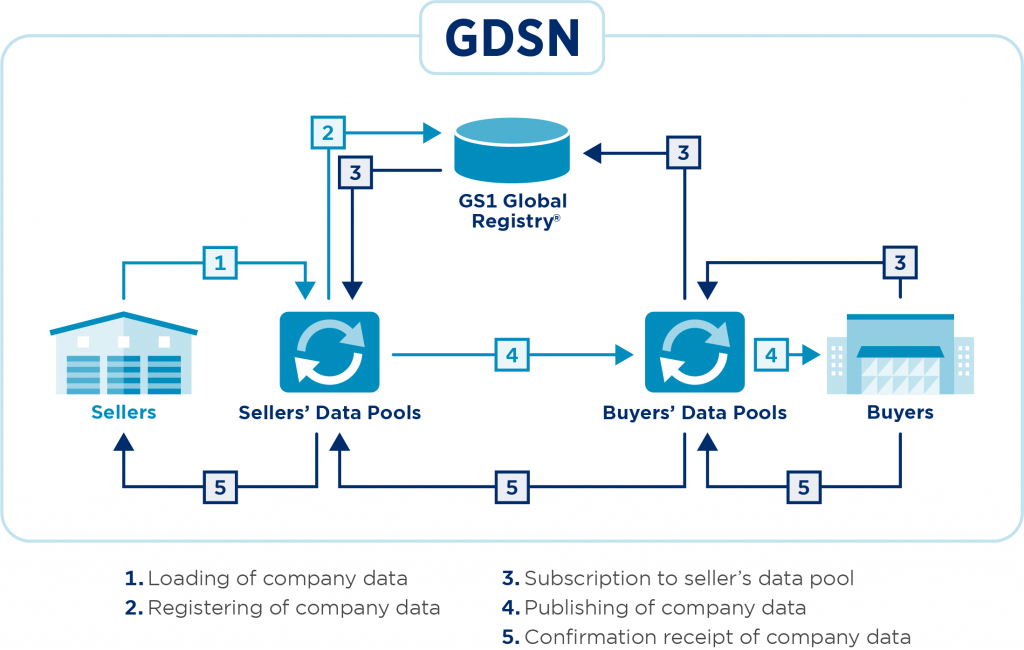
Here’s a simplified explanation of how GDSN works for retailers and suppliers:
1. Datapool
The GDSN operates through a network of certified datapools. These datapools act as intermediaries and serve as repositories for product information. Suppliers and retailers connect to these data pools to exchange data.
2. Data Provider (Supplier)
The supplier, also known as the data provider, is responsible for maintaining accurate and complete product information. This information includes attributes such as product description, dimensions, pricing, packaging, and other relevant details. The supplier organizes and uploads this data to a GS1-certified GDSN datapool.
3. Data Recipient (Retailer)
The retailer, also known as the data recipient, requires access to reliable and consistent product information to support various business processes like purchasing, inventory management, and marketing. The retailer connects to the same or a different GDSN-certified datapool and subscribes to the product data from the desired suppliers.
4. Data Synchronization
The datapool acts as a hub for data synchronization. When the supplier updates or modifies product information, these changes are made within the datapool. The datapool then distributes these updates to all authorized retailers who have subscribed to that supplier’s data. This synchronization ensures that all subscribed retailers have access to the most recent and accurate product information.
5. Real-Time Updates
GDSN facilitates real-time updates, allowing retailers to receive immediate notifications when changes occur in the product data they have subscribed to. This feature ensures that retailers are always working with the latest information, minimizing errors, and reducing the need for manual data entry.
6. Validation and Compliance
GDSN datapools perform validation checks to ensure the quality and integrity of the data. Suppliers must adhere to specific standards and guidelines when entering product information into the datapool. This ensures that the data exchanged between suppliers and retailers is consistent, standardized, and meets industry requirements.
By leveraging GDSN, retailers and suppliers can streamline their data exchange processes, improve data accuracy, reduce manual errors, enhance supply chain efficiency, and provide customers with up-to-date and reliable product information.
If you don’t use product data management solutions like GDSN that can result in bad product data synchronization and will lead to costly chargebacks and product returns.
GDSN Terminologies
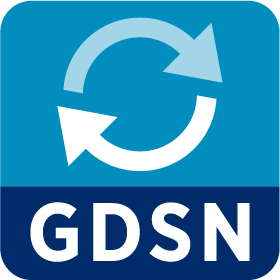
1. GS1 Global Registry
- The GS1 Global Registry is the GDSN’s “yellow pages directory” that provides information for subscription sharing
- Enables data pool interoperability
- Guarantees uniqueness of the registered items and parties
- Ensures all data pools in the network are complying with a common set of validation rules that support GDSN data integrity
- Holds information on who subscribed to trade items or party data using Global Location Numbers (GLN), Global Trade Identification Numbers (GTIN), Global Product Classifications (GPC), and Target Market (TM) as product identifiers.
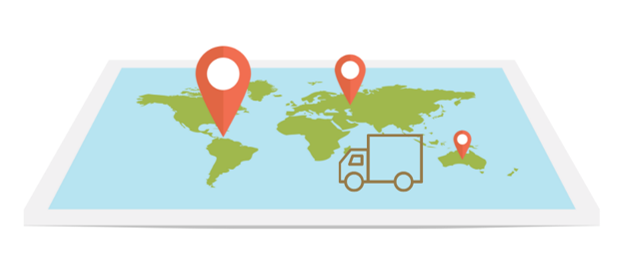
2. Global Location Number (GLN)
A GLN is unique entity identification for use in the GS1 system based on an company’s EAN.UCC company prefix.
- It is a 13 digit number.
- All data sources and data recipients must have a GLN to operate in the GDSN
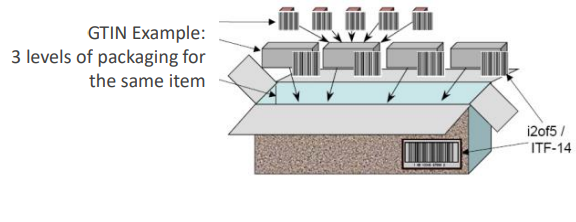
3. Global Trade Item Number (GTIN)
- A GTIN is a unique product ID based on an EAN.UCC number that identifies a specific product at a specific level of packaging, examples: Each, Carton, Pallet:
- The GTIN facilitates separate item records for each level of packaging for the same product IF the packaging is the supplier’s standard packaging and IF each level of packaging contains a separate standard EAN.UCC bar code label.
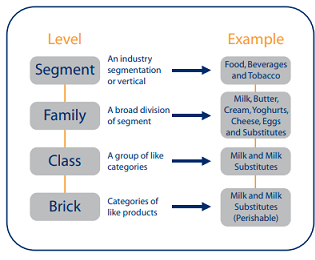
4. Global Product Classification (GPC)
- GPC is a product category / class system used by GS1 to ensure each product is classified uniformly everywhere in the GDSN network.
- The GPC provides trading partners with a common way to classify and group their products using a multi-level hierarchy.

5. Trading Partner Agreement (TPA)
- The TPA ensures protection for the Data Source (supplier) data throughout the GDSN
- It acknowledges that the Data Source owns the data
- It provides legal protection and remedies to the Data source if the data is passed to any other entity other than the Data Source’s authorized and designated Data Recipient(s)
- Every entity in the GDSN has to sign the TPA
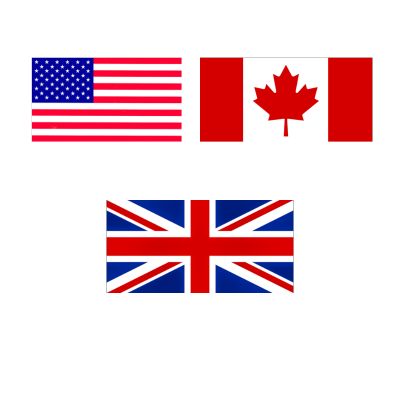
6. Target Market (TM)
- TM is a country identifier indicating where the item will be sold
- This is required because some products sold in different countries use the same bar codes but have unique product differences for the specific TM(s).
Benefits of GDSN
Just some of the many benefits to implementing GDSN within your business operations

Share real-time product content with all trading partners simultaneously

Decrease data management time and costs

Eliminate manual processes and reduce errors, generating quality

Bring new products to market quickly and easily

Enable brand transparency to consumers and patients
Why Choose GDSN Datapool?
Synchronized Data
Synchronized data is used anywhere product information is displayed or used. This includes business systems such as ERP, accounting, and warehouse management applications. GDSN data is also used on consumer facing websites. Anywhere that product information needs to be reliable and current is a good target for synchronized product data.
Certified Datapools
Organizations that want to provide GDSN services must be certified. To be certified a GDSN data pool must prove they can connect with the other data pools and meet the global standards. Buyers and sellers of goods around the world rely on the Certification to ensure the Network remains viable.
Global Standards
The use of global standards within the GDSN ensures that a manufacturer or seller of goods can easily populate their GDSN catalog once and share that information with customers around the world. This eliminates the need for ‘local’ attributes based on one country or region.
Commport GDSN Datapool
Download: GDSN Buyers Guide
Empower your business with global data synchronization; download our GDSN Buyer's Guide today and take the first step towards streamlined, accurate, and compliant product data management.
Frequently Asked Questions
A GDSN Datapool is a centralized repository that allows trading partners to share standardized product data in compliance with Global Data Synchronization Network standards. It serves as a platform for real-time data exchange, ensuring that all stakeholders have access to accurate and consistent product information
Standardized product data exchange is crucial for ensuring consistency and accuracy across the supply chain. GDSN Datapools use standardized formats and protocols, reducing errors, enhancing communication, and facilitating efficient data synchronization among trading partners.
GDSN Datapools adhere to industry standards and regulations, ensuring that product data exchanged complies with relevant guidelines. This contributes to regulatory compliance, reducing the risk of errors and discrepancies in product information that may lead to non-compliance issues.
Yes, GDSN Datapools are designed to accommodate businesses from various industries. The standardized approach ensures that product data can be exchanged seamlessly across different sectors, fostering interoperability and collaboration among diverse trading partners.
Businesses benefit from GDSN Datapools by experiencing improved data accuracy, streamlined processes, and enhanced collaboration with trading partners. The standardized data exchange facilitated by GDSN Datapools contributes to operational efficiency, reduced errors, and increased transparency throughout the supply chain.

